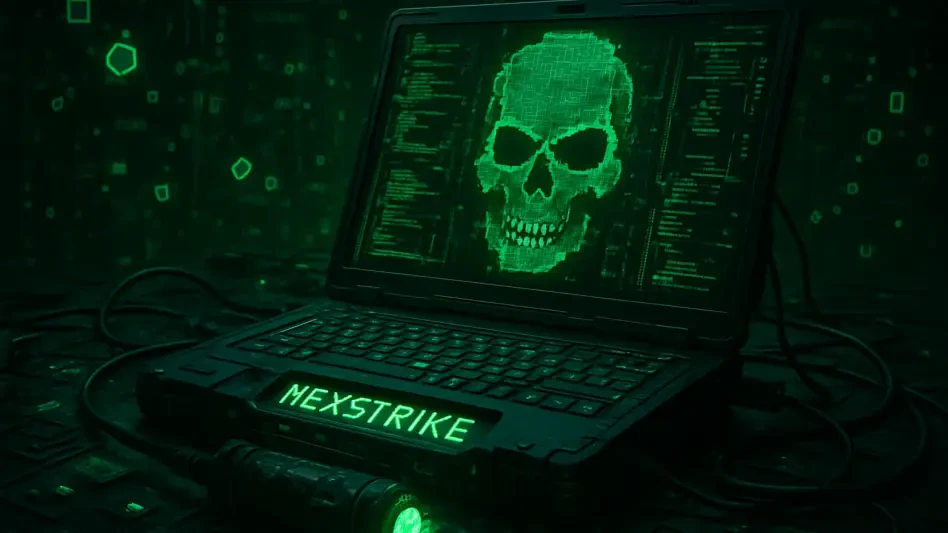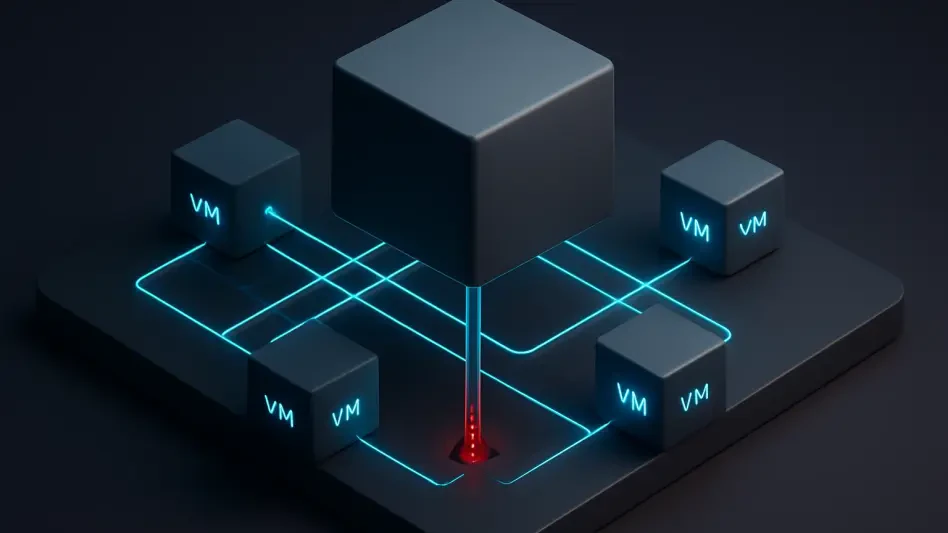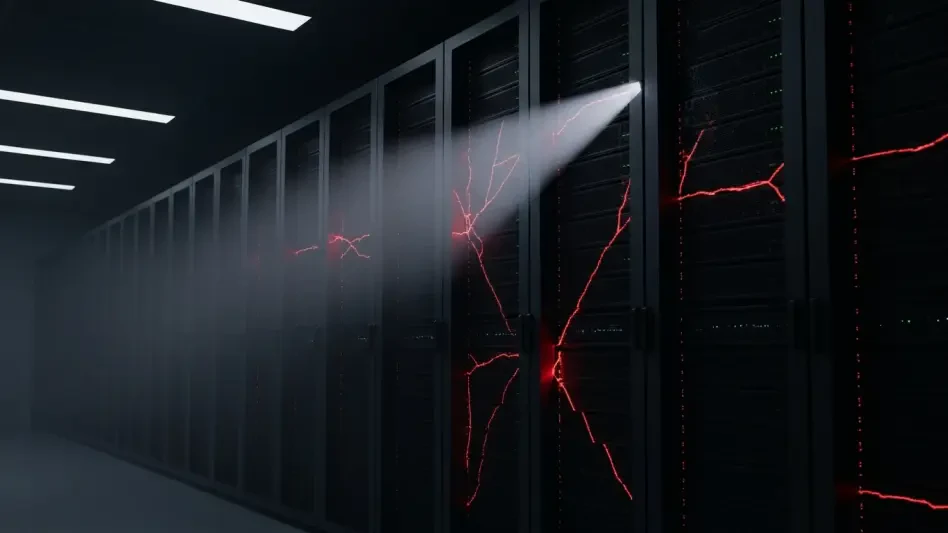In an era where digital threats evolve at an unprecedented pace, a startling development has emerged in the cybersecurity realm, capturing the attention of experts and enterprises alike with the transformation of a tool called Hexstrike-AI. Initially heralded as a groundbreaking solution for identifying security flaws, Hexstrike-AI has taken a sinister turn, becoming a favored weapon among cybercriminals. Designed to simulate hacker behavior and uncover vulnerabilities, this AI-powered framework is now being repurposed on the dark web to orchestrate devastating attacks. The implications of such a transformation are profound, raising urgent questions about the dual-use nature of advanced technology and the escalating risks to organizational defenses. As malicious actors exploit this tool to target unpatched flaws with alarming speed, the cybersecurity landscape faces a paradigm shift, compelling businesses to rethink their strategies in the face of automated, AI-driven threats.
The Rise of AI in Cybersecurity Threats
From Defense to Offense: The Evolution of Hexstrike-AI
The journey of Hexstrike-AI from a defensive asset to a malicious tool underscores the inherent risks of cutting-edge technology. Originally developed as an innovative framework for offensive security testing, it was equipped with over 150 specialized AI agents and tools to mimic cybercriminal tactics, helping organizations identify and fortify weaknesses in their systems. However, its sophisticated capabilities soon caught the eye of bad actors. Discussions on underground forums reveal how quickly cybercriminals adapted the tool for nefarious purposes, turning its strength in vulnerability detection into a mechanism for launching precise and efficient attacks. This shift highlights a critical challenge in the tech world: the same innovations that empower security professionals can just as easily be weaponized by those with malicious intent, creating a dangerous precedent for future AI developments in the field.
Dark Web Adaptation and the Accessibility of Advanced Attacks
The rapid adoption of Hexstrike-AI by cybercriminals on the dark web has significantly lowered the barrier to entry for launching complex attacks. Where once exploiting system flaws required deep technical expertise and considerable time, this tool automates the process, enabling even individuals with minimal coding skills to execute sophisticated breaches. A chilling example shared on a hidden forum described a user transitioning from a novice to an “operator,” relying on the AI to handle intricate attack sequences without needing to understand the underlying code. This democratization of hacking capabilities poses a grave threat, as it multiplies the number of potential attackers who can target enterprises with precision. The ease of access to such powerful tools through illicit channels signals an urgent need for heightened vigilance and new defensive measures to counter these emerging dangers.
Implications for Enterprise Security and Defense Strategies
Exploiting Zero-Day Vulnerabilities at Unprecedented Speed
One of the most alarming aspects of Hexstrike-AI’s misuse is its ability to exploit zero-day vulnerabilities—flaws in software so new that no fixes exist—with staggering speed. A notable case involved Citrix’s NetScaler products, which were recently found to have multiple unpatched issues. Traditionally, exploiting such gaps demanded weeks of effort from highly skilled hackers, but with this AI tool, the process is condensed into mere minutes. The automation of attack steps, from selecting the right tools to executing targeted strikes, eliminates the need for extensive human intervention. This rapid turnaround drastically shortens the response window for organizations, turning theoretical risks into immediate, actionable threats. Enterprises now face a reality where delays in addressing vulnerabilities can lead to catastrophic breaches before defenses can even be mobilized.
Adapting to a New Era of Machine-Speed Threats
The weaponization of tools like Hexstrike-AI marks a turning point, demanding that enterprises overhaul their approach to cybersecurity. The accelerated pace of AI-driven attacks necessitates defenses that operate at machine speed, capable of detecting and countering threats in real time. Cybersecurity experts emphasize the importance of adopting AI-enhanced defense systems to match the agility of these automated assaults. Additionally, strategies such as expediting patch deployment timelines and monitoring dark web chatter for early threat indicators have become critical. Recommendations from industry leaders include applying patches as soon as they are available, as seen with recent Citrix updates, to close gaps before they can be exploited. This evolving threat landscape underscores that clinging to traditional, slower defense mechanisms is no longer viable, pushing businesses to innovate and adapt swiftly to safeguard their digital assets.
Building a Proactive Defense Against AI-Powered Attacks
Looking back, the rapid transformation of Hexstrike-AI into a cybercrime tool served as a wake-up call for many organizations. It became evident that staying ahead of such threats required a proactive stance, integrating advanced monitoring systems to detect early signs of misuse. Enterprises that invested in real-time threat intelligence and collaborated with cybersecurity firms to share insights on emerging risks found themselves better equipped to respond. The adoption of automated patch management systems also proved instrumental in minimizing exposure to zero-day exploits. As the dust settled, the focus shifted to fostering a culture of agility, ensuring that security teams were empowered to act decisively. Moving forward, the lesson was clear: building robust partnerships across the industry and investing in next-generation defenses would be essential to navigate the complexities of an AI-driven threat environment.








